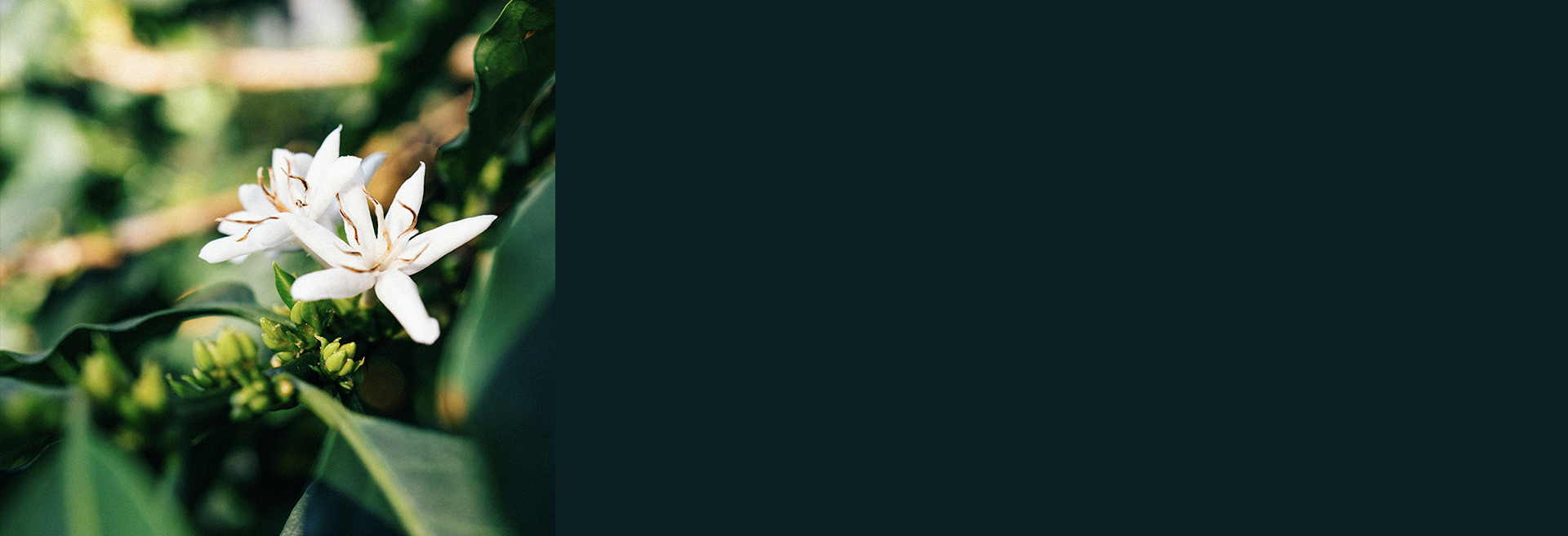FREE EU SHIPPING ON 4 BAGS
Rwanda
Rugali - Rwanda
250g
Cup Notes
Dark chocolate / Red berries / Hazelnut / Caramel
Suggested for espresso and filter
QUALITY SCORE: 87.00
when we roast
We freshly roast to order all coffees on Monday, Wednesday and Friday (excluding national holidays), and ship the same day! Cut-off time is 11:59pm (UTC+1) of the day before the roast day. *We only ship whole beans*
Details
- Producer
- Several small farmers
- Country
- Rwanda
- Terroir
- Nyamasheke
- Altitude
- 1450-1600mt
- Arabica cultivar
- Bourbon
- Picked in
- May 2017
- Arrived in
- January 2018
- Shipped in
- Jute + GrainPro
- Roast profile by
- Rubens Gardelli
- Roasted on
- Customised solid-drum roaster
THE STORY BEHIND
Rugali CWS was one of two washing stations to be granted approval to produce natural and honey processed coffee in Rwanda. While production of natural processed coffee is still monitored strictly by NAEB, the elevation Rugali lends itself to produce exceptional naturals.
Dried on traditional African raised beds, cherry is meticulously hand sorted before drying, removing any visually under ripe cherry, coffee is then floated to further separate any low-density cherry. Coffee is laid out to dry on well-maintained drying beds. Grass and weeds are managed and removed from below the beds to ensure no additional moisture raising from the ground during the drying stage. Drying beds stretch across a large open plain where air flow and sunlight have maximum expo- sure to the coffee as it dries. During the dry season day time temperatures reach 28 to 30 degrees and evening temperatures drop to 12 to 15 degrees. This spread of temperatures is ideal allowing for slow and gradual drying which the team at Rugali have found is optimal for natural processed coffee.
Coffee is turned every hour during the day. All the while, casual workers consistently hand sort cherry as it dries removing damaged cherry or discoloured pods. Once dry, the pods have a raisin like textured skin, are dark brown, almost black, and have a shiny gloss coating.
THE VARIETY
Bourbon is one of the most culturally and genetically important C. arabica varieties in the world, known for excellent quality in the cup at the highest altitudes.
It is one of the two main cultivars from which new cultivars are bred, the other being typical. Historical records indicate that Bourbon was taken from the coffee forests of Southwestern Ethiopia to Yemen, where it were cultivated as a crop; recent genetic studies have confirmed this.
Bourbon coffee was first produced in Réunion, which was known as Bourbon island before 1789. It was later taken by the French to mainland Africa and to Latin America.
Bourbon grows best at heights between 1,100 and 2,000 meters and gives a 20-30% higher yield than Typica. It has a commercially viable level of yield potential and growth habit but is generally susceptible to disease and pests.
THE FERMENTATION PROCESS
Dry process seems simple: pick the fruit, lay it out in the sun until it turns from red to brown to near-back, and then hull off off the thick, dried outer layer in one step to reveal the green bean. It is a method suited to arid regions, where the sun and heat can dry the seed inside the intact fruit skin. It's often referred to as "natural coffee" because of its simplicity, and because the fruit remains intact and undisturbed, a bit like drying grapes into raisins. Since it requires minimal investment, the dry process method is a default to create cheap commodity-grade coffee in areas that have the right climate capable of drying the fruit and seed.
But it’s a fail in humid or wet regions. If the drying isn't progressing fast enough, the fruit degrades, rots or molds.
Dry-processed coffees can also be wildly inconsistent. If you want a cleanly-fruited, sweet, intense cup, dry process (DP) takes more hand labor than the wet process. Even the most careful pickers will take green unripe or semi-ripe coffee off the branch as they pick red, ripe cherry. If these are not removed in the first days of drying, the green turns to brown that is hard to distinguish from the ripe fruit.



